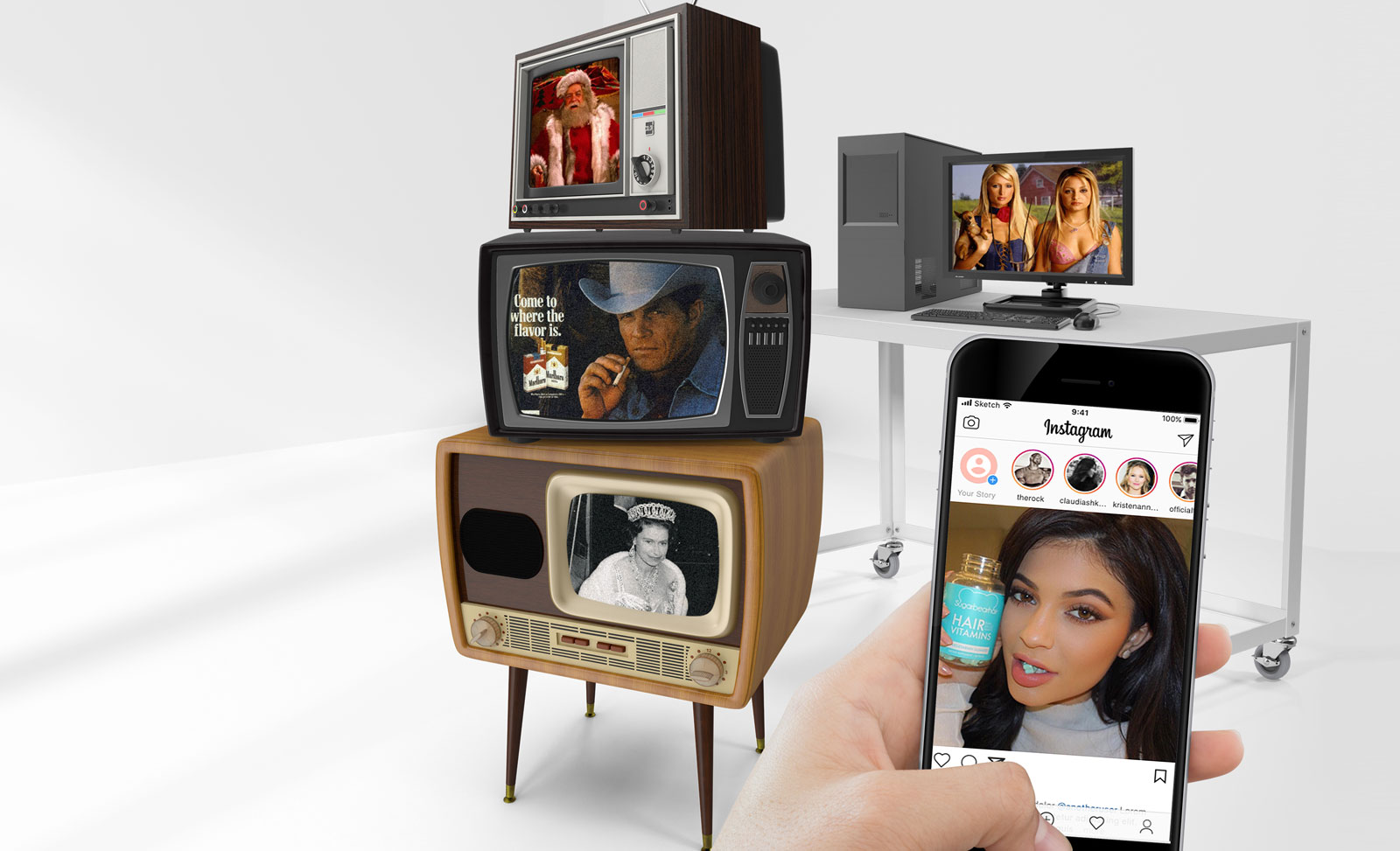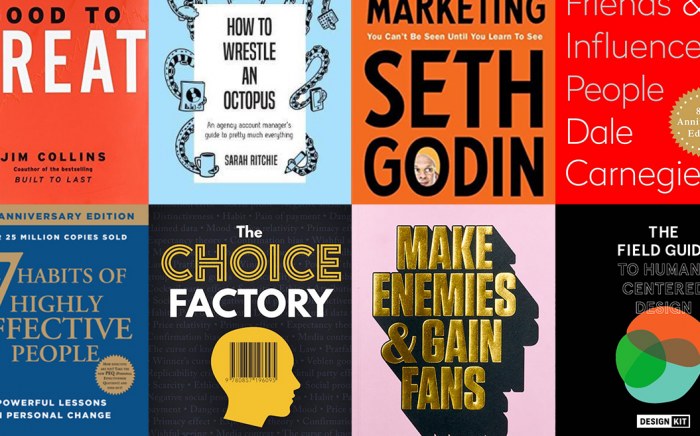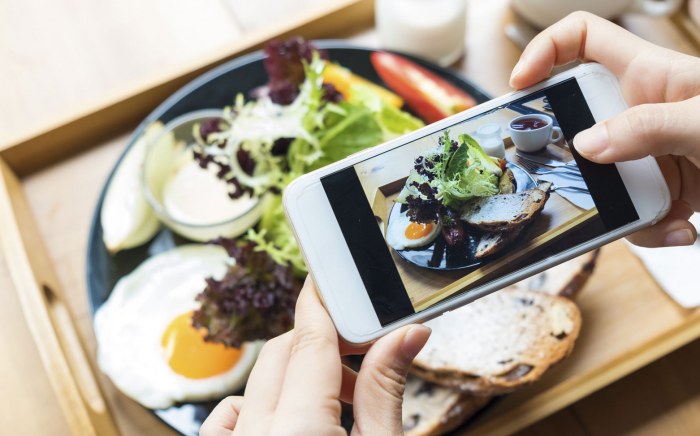Social media influencers have dominated the news for the last couple of years, captivating the imagination of brands and consumers alike. An industry that is on the upward tick regardless of minor setbacks, has been predicted to be worth $10 billion by 2020.
So, what does this mean for the future of physical stores, are they doomed to follow the same fate? Amazon.com is quick to be blamed for the retail decline. However, Amazon with about $100 billion in sales, only accounts for 1.6% of the total U.S. retail sales. Online sales can’t be the only contributing factor to falling retail sales?
This phenomenal rise can be attributed to two key consumer trends – the increased clout of social media networks and growing consumer fatigue to traditional advertising methods. People are increasingly looking for recommendations and inspiration online and hence brands are redirecting their budgets to make themselves more visible to shoppers. Celebrities, sports and reality TV stars are an obvious first stop with their large follower bases (Kim Kardashian’s Instagram followers are now at 129 million, that nearly 30 times the New Zealand populations all on one page), where else can a company hope to reach so many people in one go?
While it does sound tempting, marketers are struggling to understand the real return on investment in influencer marketing. The focus on follower numbers often does not translate to adequate consideration to context, audience sustainability and actual impact. While the market is booming with influencers charging unheard of rates (A million dollars for a single post!?), consumers are becoming increasingly sceptical of the authenticity of endorsement, wising up to the tactics of the new age marketer. According to a Statisca study in 2018, over a third of people now feel that influencer marketing is damaging to society, eroding trust and respect. There have even been instances of beauty brands using influencer marketing to criticize competitors on YouTube and Instagram paying up to $85,000 for some quality trash talk to be dealt out to their followers.
In the past, an influencer within your peer group was someone who had the most knowledge/experience about a certain topic/product, whereas now an influencer is seen as someone who has a well-curated social media presence with a huge number of followers and is photogenic. The essence of ‘genuine influence’ is being lost within the game of likes and other vanity metrics.
While consumers are still very likely to act on influencer recommendations, how can the influencer economy evolve to remain authentic and relevant? The shift is being seen with brands moving away from working with celebrity and other large influencers to working with micro and nano influencers. These are essentially people on social media whose follower counts number from a 1,000 to 10,000.
Their apparent lack of fame is one of the qualities that makes this group so much more approachable, making their advice as genuine as what you would get from a friend. What they lack in reach, they will make up for in engagement and intimacy, flipping the celebrity-influencer/consumer-fan paradigm on its head to a person-to-person interaction where size does not matter. Micro and nano influencer’s smaller audiences are made up of individuals with a genuine love for the content they are creating, and this is crucial for brands looking to reach specific segments of the market. When it comes to the quality of engagement, their comment sections are less likely to be filled with spam and bots and this is crucial in the field of influence – being able to drive the quality conversation about the sponsor.
Another big factor to why marketing dollars are shifting to smaller influencers is the fact that they are more affordable to work with.
“Influencer marketing is nothing new. But how we promote to consumers, ‘everyone vs individuals’ has evolved ”
Mobile phones, for example, have become such a big part of our everyday lives. However, Ten years ago, they were simple and cheap. The total mobile phone market in the U.S. in 2006 was around $10 billion. Apple now sells roughly $66 billion worth of iPhones annually. Consumer income has not changed much in the US since 2006, thus over the last 11 years, $200 billion U.S. in shopper spending was diverted to mobile phones. If you include the fact of children owning their own phones and larger phone service costs per household, that’s billions of potential shopping mall dollars not spent on clothes and shoes.
On one hand, you could shell out $60,000 for a single piece of content to one set of audience with a big influencer or you can channel multiple micro/nano influencers and put out 60-100 pieces of content and reach a variety of audience types with the same budget. Higher engagement and greater volumes of content are hard to say no to.
The very thing that made influencer marketing successful in the first place is ‘word of mouth marketing’; and in the past we used to get recommendations from our family and peer groups, who were not trying to get you to buy something for the sake of it but because they felt that it was the best choice for you – genuine advice. Consumers are looking for
The marketing world needs to take a lesson from the past, consumers are looking for relevant, authentic people with integrity for inspiration. Ditch the mass appeal of celebrities to concentrate on smaller groups of influence and this will translate to short term sales and long-term brand equity.





